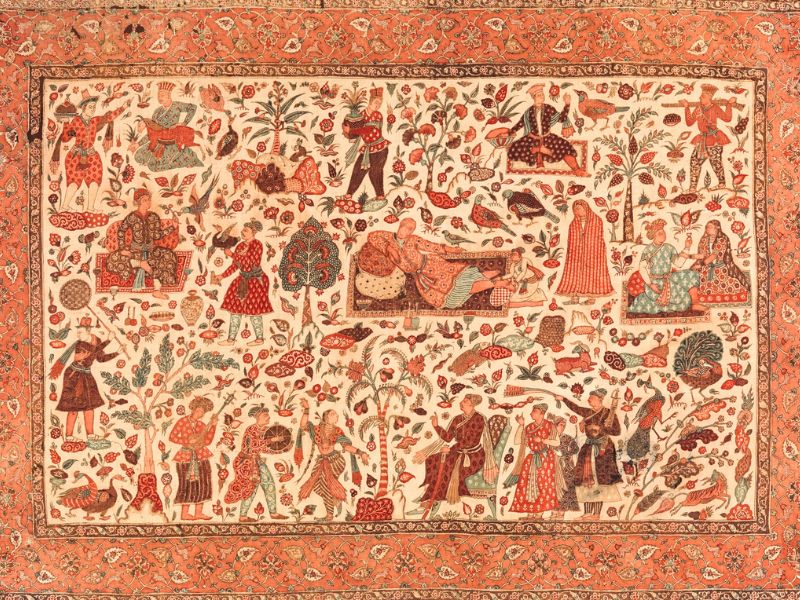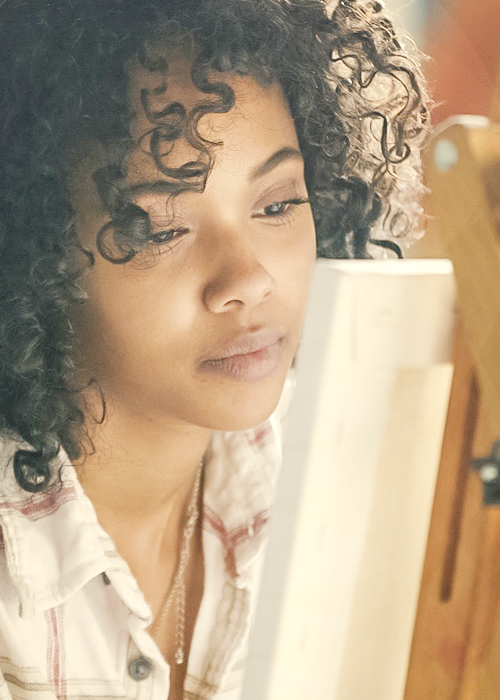Lippan Art: A Mural of Tradition and Sustainability

Introduction
Lippan art, also known as Mud and Mirror Work, is a captivating folk art form rooted in the Kutch region of Gujarat, India. This centuries-old craft marries artistic expression with practical sustainability, creating a unique and visually stunning tradition that continues to thrive today.
Historical Origins
Lippan art has its origins in the Banni region of Kutch, which is characterized by arid landscapes and a nomadic way of life. Historically, it was used as a decorative and functional element to embellish the walls and interiors of rural homes. The craft was initially employed to fill gaps and cracks in the walls with a mixture of clay, dung, and camel hair, which was then adorned with intricate mirror work and colorful patterns.
Craftsmanship and Materials
The heart of Lippan art lies in its earthy and sustainable materials. Artisans use clay, cow dung, and natural fibers to create the base relief on the walls. Small pieces of mirror, often recycled from old glass bangles, are arranged into elaborate designs, alongside clay motifs and patterns. This combination results in reflective and radiant surfaces that play with light, creating a sense of dynamism within the artwork.
Benefits and Significance
Sustainability: Lippan art is inherently sustainable, using locally available materials that have a minimal environmental impact. The use of natural materials, recycled mirrors, and traditional techniques aligns with eco-conscious principles.
Cultural Preservation: The craft serves as a medium for preserving and showcasing the rich cultural heritage of the Kutch region. It encapsulates the artistic traditions, stories, and way of life of its people.
Economic Empowerment: For the artisans of Kutch, Lippan art offers a source of income, promoting economic empowerment within the community.
Visual Delight: Lippan art is celebrated for its vivid and eye-catching aesthetics. The mirrors and patterns create a mesmerizing interplay of light and color, making it an attractive addition to any interior.
Storytelling and Tradition: The motifs and designs in Lippan art often convey stories, legends, and myths that are significant to the region. This art form is a vibrant narrative canvas.
Empowering Women: Many Lippan artisans are women, who have found a means of artistic expression and economic self-sufficiency through their work.
Modern Adaptations
In modern times, Lippan art has transcended its traditional usage and is incorporated into home decor, fashion, and even contemporary art. This transition has allowed the art form to reach a broader audience, appreciating its beauty and sustainability.
In conclusion, Lippan art stands as a unique blend of tradition, artistic expression, and sustainability. Its history is deeply intertwined with the culture of Kutch, and its benefits extend from the preservation of tradition to providing economic opportunities for the community. This art form not only graces spaces with its radiant beauty but also tells a story of a region, its people, and their enduring creative spirit.

